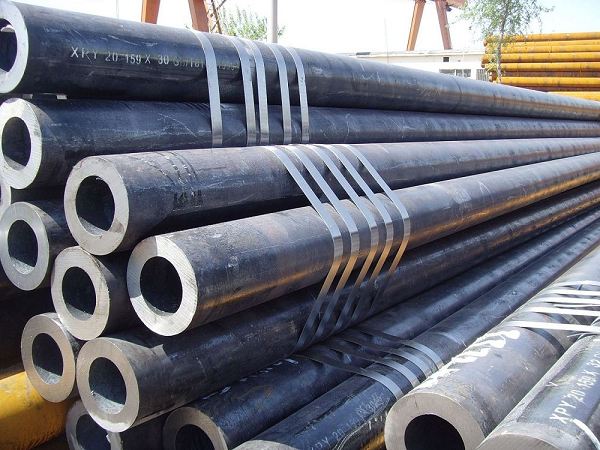The global seamless steel tube industry has recently returned to a profitable trajectory, but it needs to be explored whether this is a short-term appearance or a long-term trend. After analyzing the steel mills’ production costs, raw materials and product steel markets, it is possible to conclude that the current improvement in the global steel industry’s surplus capacity is related to short-term factors.
Exploring the profitability of the global seamless steel tube industry is not a simple matter. The cost of raw materials for steel production can fluctuate significantly, and few steel mills are able to anticipate this early, months in advance, especially in anticipation of significant cost fluctuations related to bulk raw materials such as iron ore and metallurgical coal. In addition, fluctuations in steel capacity utilization caused by changes in steel demand or oversupply shocks also affect marginal and uniform costs, which are key determinants of seamless steel quotations and steel mills’ profitability. Considering the above factors, it can be thought that the steel production cost is mainly composed of two parts, one is the basic production cost, including the cost of materials used in the steel production process, and the other part is the capacity utilization rate, which needs to be fully understood to determine the steel production cost, steel prices and steel mills surplus capacity.

In the past few months, the global seamless steel tube industry profitability has improved, mainly driven by the improvement in global steel demand, but this is only a short-term steel supply lack of propulsion, especially the North American region in recent months steel supply showed a significant lack. However, as a whole, the global steel industry is still facing great confusion, and the surplus capacity is still below the long-term sustainable level, especially in Europe and China’s steel industry, so it is estimated that the global steel industry will further adjust in the future.
In the medium term, the global demand for seamless steel tubes will continue to increase, but only slightly beyond the increase in output. Thus, from a global scale, the steel industry will find it difficult to maintain a more sustainable level of production, although the performance of the steel industry in each region is different. Overall, the bulk of raw material suppliers is not the main source of steel industry losses, rather losses are formed by the steel industry itself, the steel industry structure is unreasonable and overcapacity is the fundamental reason for the low profitability of the steel industry.
